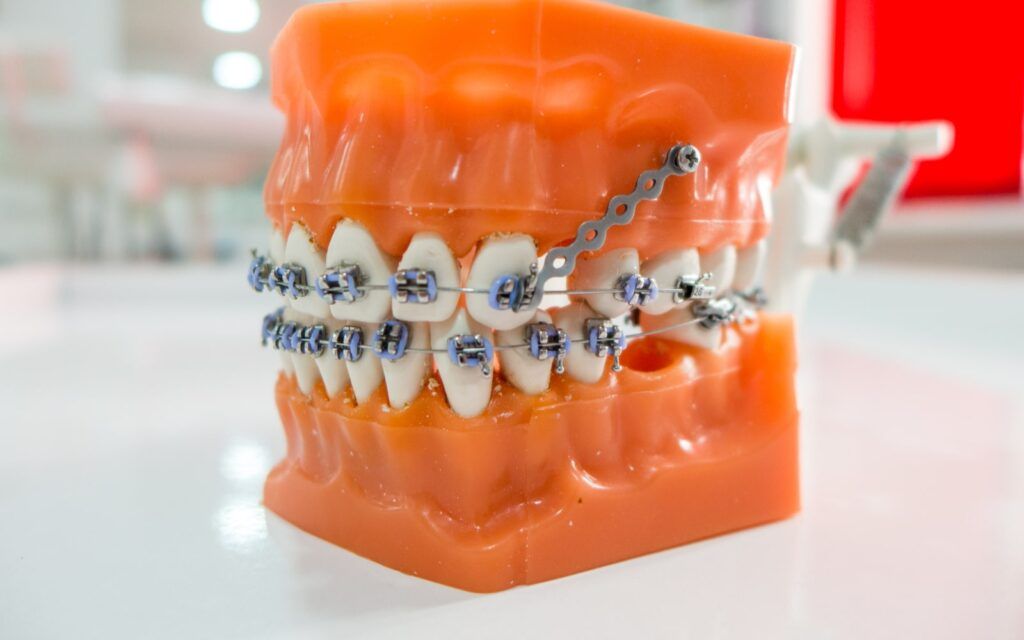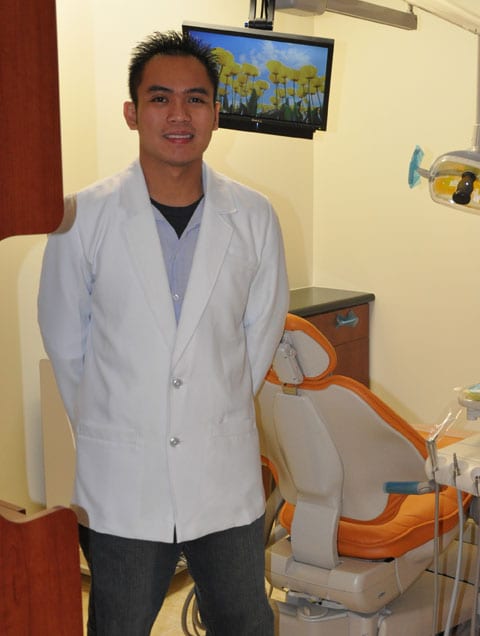Dentists have a few techniques up their sleeve when caring for their patients. One of the main techniques that many dentists use is anchorage. Anchorage refers to how much resistance can be used to move undesired teeth into position. As a vital component for any treatment that requires tooth adjustment, anchorage control is a constantly discussed topic among dentists as they work towards helping patients gain better oral health. However, while this technique comes with its challenges, it’s considered one of the best techniques for proper tooth movement. This article will provide some basics on anchorage, tooth movement, and what it takes to give you a beautiful smile.
How Does Anchorage Technique Work In Dentistry?
Anchorage techniques have been around during the 20th century through the advent of Dr. Henry Albert Baker. As the first dentist to develop an anchorage device, his technique helped eliminate the need for tooth extractions, replacing them with elastics, wires, and brackets to create tooth movement. Since then, the original technique has been improved, and anchorage control has become a widely discussed terminology among dentists, as many dentists today attempt to share their treatments with others and help others in cases of complex dental problems.
But beyond the vast conversations about techniques, anchorage control typically refers to tooth movement by using adjacent areas as a point of anchorage. Depending on the method, these anchorage points can refer to an adjacent tooth, an orthodontic device, and even other body parts to move the teeth into the proper position. These movements tend to be gradual because tooth movement is a complex system that poses risks if not done correctly. Anchorage control also depends on other factors, such as patient preferences, affordability, and overall diagnostics, to determine where those anchorage points would be used.
The Most Common Forms of Anchorage Movement
While anchorage can vary widely depending on the dentist, in general, dentists use two types of anchorage methods to treat patients. These methods include:
- Intraoral Methods: Intraoral methods, or internal methods, are the most commonly used form of anchorage control. These refer to working with the internal structures within the mouth to accommodate for treatment. These methods can include ligatures, fixed anchorage appliances, tooth springs, cortical bone anchorage, the palatal arch, and other areas. The teeth can be supported and moved gradually when these areas and methods are used.
- Extraoral Appliances: Unlike intraoral methods, extraoral methods rely on outside structures or structures outside of the mouth. While considering some of the most robust and most reliable reinforcement methods, they tend to lack aesthetic appeal. These methods do not rely on the internal structure of the mouth. Using cervical and high-pull headgear allows areas of the head to provide a gradual force for tooth movement.
Both of these methods provide substantial tooth movement through anchorage techniques, but it’s up to the dentist’s discernment to provide you with what you need from your dental care. For more information about the best treatment options, the best place to go is to contact your orthodontist.












